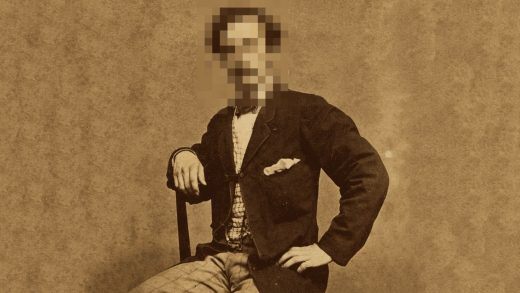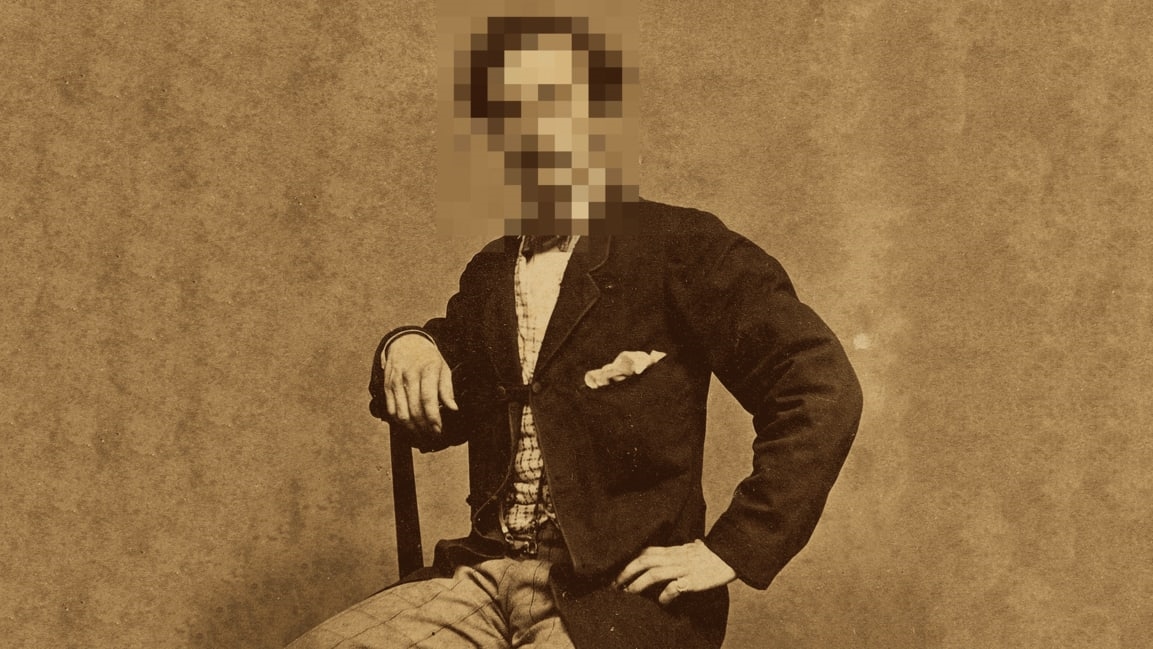Face-recognition tech offers new clues into a very old murder: Abraham Lincoln’s
A team of sleuths, taking part in the Discovery Channel TV series Mummies Unwrapped, has taken facial recognition technology and used it to offer new ideas about one of the most famous murders in U.S. history—the assassination of President Abraham Lincoln.
As you may have learned in school, in the aftermath of the Civil War, on the evening of April 14, 1865, Lincoln decided to take in a show at Ford’s Theatre in Washington, D.C. There, he was fatally shot in the head by actor and Confederate sympathizer John Wilkes Booth.
As the nation mourned the loss of its 16th president, Union soldiers set out after Booth, who many in the audience had immediately recognized, as he was a well-known actor. He fled first to southern Maryland and then to Virginia. Two weeks after he killed the president, Union troops surrounded the Virginia barn where Booth and his co-conspirator were hiding out and set fire to it. In the ensuing chaos, Booth was shot and killed.
That’s how the story went. However, 21st century technology is making some people question the stuff we learned in history class.
The Philadelphia Inquirer has a fascinating story of a sleuths using facial recognition technology to pore over historical images and give some credence to a conspiracy theory that had circulated among history buffs for years. Namely, that Booth didn’t die in that barn, but survived until 1903 using a fake identity. Facial recognition tech paired photos of Booth with those of John St. Helen from 1877 and the embalmed corpse of a David E. George from 1903. They were a nearly perfect match (or as nearly perfect as the technology allows).
While facial recognition tech is cool, experts still doubt that Booth survived the barn. When reached for comment on these claims, historian and author David Jaher, who is writing a forthcoming book, Cry Havoc! The Booths and the Civil War, about the Booth family, said, “If that is John Wilkes Booth, I’ll push a peanut over the Brooklyn Bridge with my nose.”
If that weren’t definitive enough, Jaher also noted that at least 25 people witnessed Booth’s death firsthand, including friends and one accomplice, and that his body was examined by a surgeon who knew him well, identifying him by the tattoos and scars he bore on his body. Plus, there were no contemporaneous accounts of Booth surviving, which Jaher finds highly suspect.
“He was one of the most identifiable people in America at that time,” Jaher said. “It would have been like Tom Cruise assassinating George Bush and going on the lam. There’s no way he would have been able to go incognito all those years.”
Still, someone should tell Dick Wolf that Law & Order: Historical Crimes Unit could be his next hit television show.
(13)



